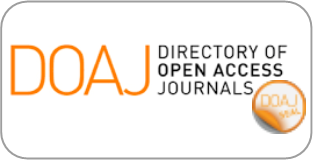The Relationship between Courts and the Other Arms of Government in Promoting and Protecting Socio-economic Rights in South Africa: What About Separation of Powers?
DOI:
https://doi.org/10.17159/1727-3781/2012/v15i5a2516Abstract
The model of constitutional democracy which is envisaged in the 1996 text of the Constitution of the Republic of South Africa (the Constitution) has been described as promoting 'a thick' conception of democracy. It is concerned with the empowerment of all citizens to participate in decisions that are crucial to the outcome of their life choices. At its most basic promise, the Constitution promotes a model of participatory democracy, by creating a series of representative institutions and enabling participation in decision making, both inside and outside of these institutions. Expressed differently, the Constitution promotes both participation through regular elections and enshrines a principle of accountability in terms of which government can be held accountable for particular aspects of its policy, particularly those which fail to pass constitutional muster. That leads to the second component of the model which introduces a substantive set of guarantees to ensure participation. The idea is that various institutions of State should work to promote and to vindicate basis democratic principles which are directed to accountable control of decision making and substantive political equality between citizens.
Downloads
Published
Issue
Section
License
Copyright (c) 2017 Justice Denis Davis

This work is licensed under a Creative Commons Attribution 4.0 International License.


















.png)